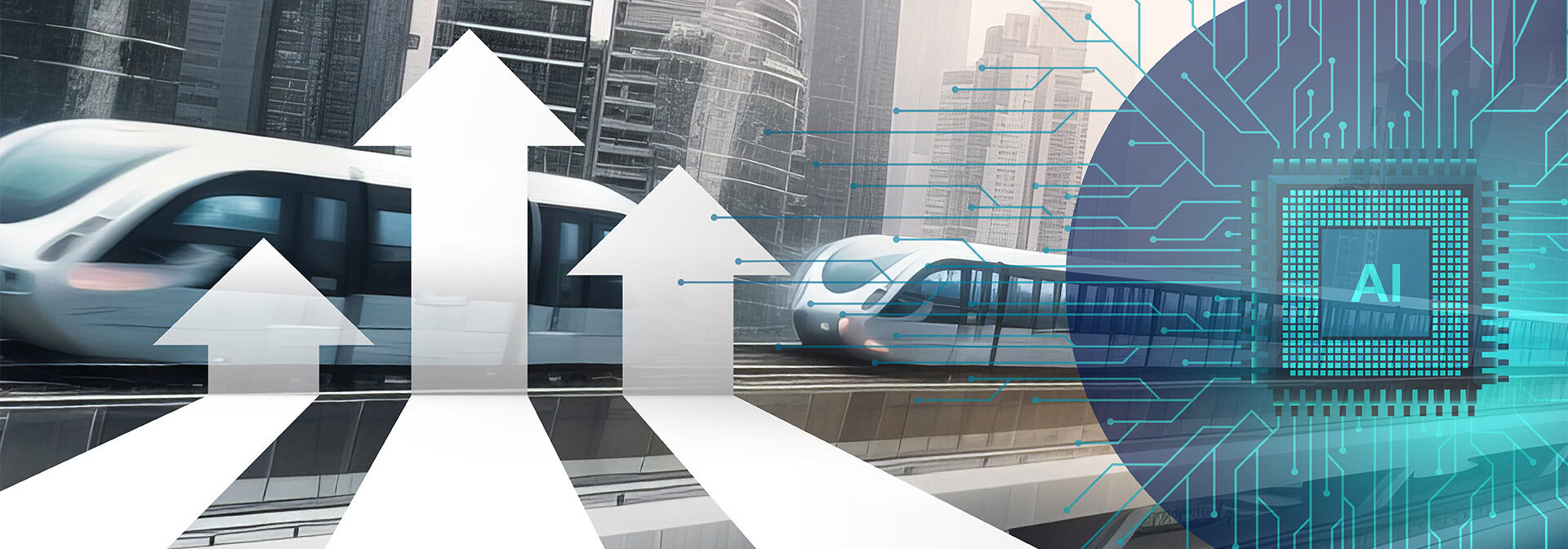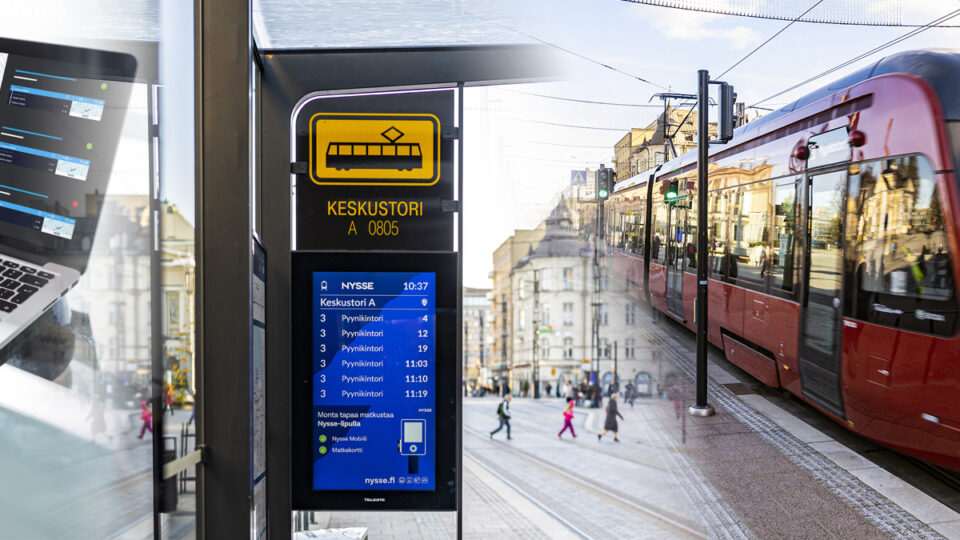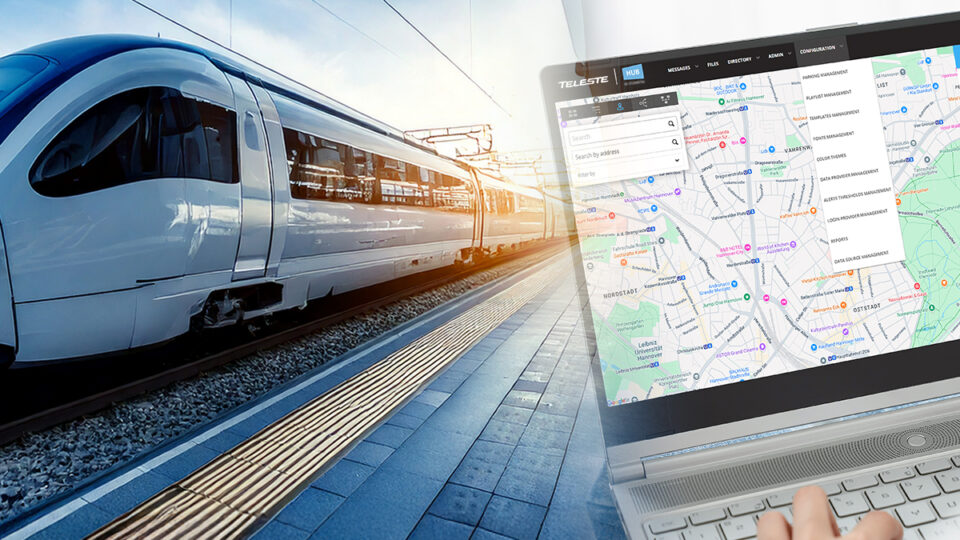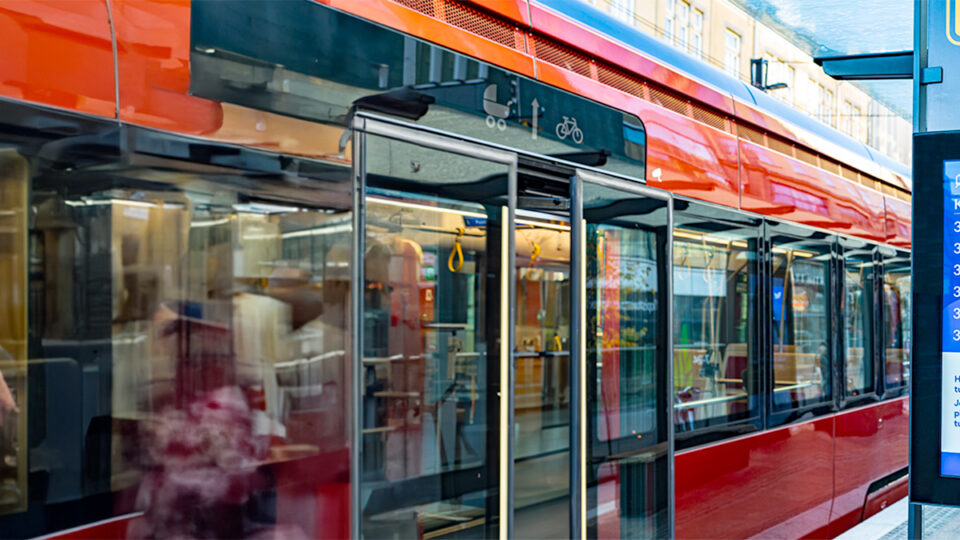
The future of public transportation: Harnessing Artificial Intelligence to navigate global megatrends
The world of public transportation is rapidly transforming, fuelled by megatrends such as urbanization, digitalization, and drive for sustainability. These global forces are significantly reshaping how cities manage their transit networks and interact with passengers. Emerging technologies like artificial intelligence (AI), the Internet of Things (IoT), and increasing automation present remarkable opportunities to reinvent public transport systems, making them more efficient, adaptable, and centred on passenger needs.
Urbanization and smart mobility: the 21st century challenge
With over 68% of the world’s population projected to live in urban areas by 2050, the pressure on public transport networks will increase exponentially. Intelligent management of passenger flows and fleet operations will become essential in navigating complex, congested urban environments.
In this context, smart cities will play a pivotal role by leveraging advanced, cloud-based platforms capable of real-time data analysis. These intelligent systems enable cities to dynamically manage routes and passenger flow, optimizing the allocation of transportation resources to ensure seamless mobility even in crowded, fast-paced settings.
Artificial Intelligence and data analytics: the new frontier of public transport
Artificial intelligence will play a pivotal role in the evolution of the transport sector, particularly in improving operational efficiency and passenger experiences. By processing vast amounts of data in real time, AI can not only streamline operations but also predict failures and resolve issues before they disrupt transit services.
An AI-powered system can monitor real-time traffic conditions and automatically adjust routes and service frequency based on demand spikes, passenger numbers and immediate needs. This dynamic adaptability reduces delays, improves reliability, and enhances the overall travel experience, ensuring both safety and convenience for passengers.
Sustainability and resource optimization with green technologies
The future of public transport is intrinsically linked to sustainability, with green technologies providing smarter and more efficient energy use that reduces the sector’s carbon footprint. Electric vehicle fleets and renewable energy sources are already a reality for many cities, and even more can be achieved with artificial intelligence: through predictive algorithms, it will be possible to optimise fleet usage, predict resource needs and minimise the environmental impact of underutilized routes.
Passenger experience: personalization and intelligent interaction
The evolution of public transport extends beyond operational management to focus increasingly on the passenger. Today’s public transport users have high expectations for real-time information and personalized services tailored to their travel preferences. With AI and advanced data analytics, public transit systems can offer passengers a customized journey experience.
Imagine a system where users receive personalized notifications about route changes, updated schedules, or suggestions to avoid overcrowded vehicles. Through mobile apps and digital displays, passengers can interact directly with the transport system, receiving information tailored to their individual needs.
Protecting digital infrastructures
As transport systems turn increasingly digital, cybersecurity becomes paramount. Protecting passenger data, ensuring operational safety, and maintaining service continuity are essential components of future transport systems. AI plays a vital role in strengthening these defences, enabling early detection of potential threats and rapid response to potential cyberattacks. Blockchain technology further bolsters system resilience, offering a decentralised, tamper-proof way to safeguard critical data against unauthorized access or alterations.
A future driven by technology and innovation
Global mega trends are pushing the local public transport sector towards unprecedented transformation. Artificial intelligence, digitalisation, and sustainable technologies will be the pillars on which the transport networks of the future will be built. Leveraging the potential of these technologies is essential to ensure that cities, transport operators, and technology providers are ready to meet the challenges of a rapidly evolving world.
The ability to anticipate and dynamically respond to passenger needs, while optimizing resources and delivering high levels of service, will be key to the success of public transport in the cities of tomorrow. Emerging technologies are already providing us with the tools to realise this vision.
Claudio Borrello
Claudio Borrello
I am heading Display Solutions business unit at Teleste, furthering new business development efforts that respond to the dynamic needs of the public transport sector. See my LinkedIn.



